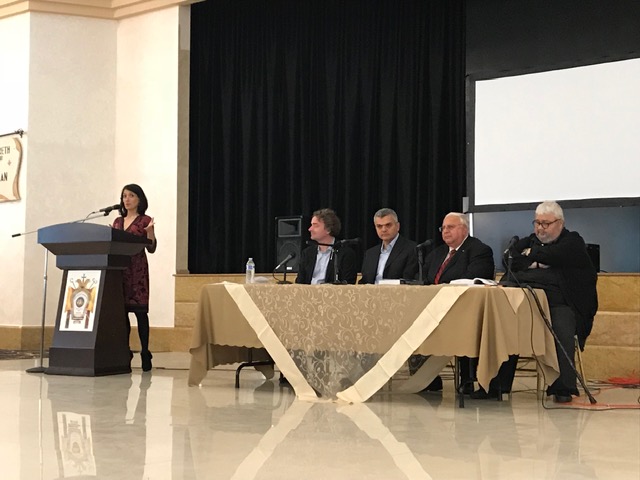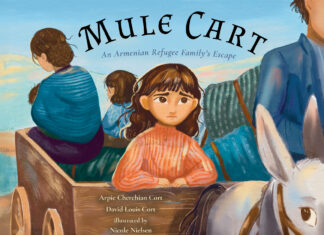LOS ANGELES — One simple — yet key — question set into motion 30 years of research: how many Armenians were actually massacred during the Armenian Genocide?
This question was posed to Dr. Sarkis Karayan in 1971, when he was serving as chief of the American University of Beirut’s Maternal and Child Health Center, by Dr. Stanley Kerr, chairman of the Department of Biochemistry at AUB. Close friends and esteemed colleagues, Kerr was working on his soon-to-be published book Lions of Marash, which focused on the eyewitness accounts of the American Near East Relief’s efforts during the Armenian Genocide. Kerr knew that Karayan was not only Armenian, but possessed the passion for history and research that would lead him to the accurate findings.
He was right.
Karayan made this quest one of his life’s missions and after countless hours of research and decades of dedication, Armenians in Ottoman Turkey, 1914: A Geographic and Demographic Gazetteer, was recently released by the Gomidas Institute, an independent and academic institution based in London (www.gomidas.org).
Although Karayan passed away earlier this year, the significant efforts of the Gomidas Institute, the Armenian Film Foundation (AFF) and Dr. Silva Karayan, his widow, ensured that this thorough and first-of-its-kind volume would see the light of day. The book’s publication was marked by multiple symbolic events throughout the Diaspora, from a discussion in London to a special ceremony at the University of Southern California (USC) Shoah Foundation in Los Angeles to Abril Books in Glendale to a talk at Fresno State and concluded with a panel discussion at the Western Diocese of the Armenian Church of America in Burbank.
The events, co-sponsored by the Armenian Film Foundation, Fresno State Armenian Studies Program and the AGBU Yervant Babayan Institute of Pedagogy for Research and Development, further explored Karayan’s research and its ramifications not only for the Armenian community but for academia and society as a whole.











